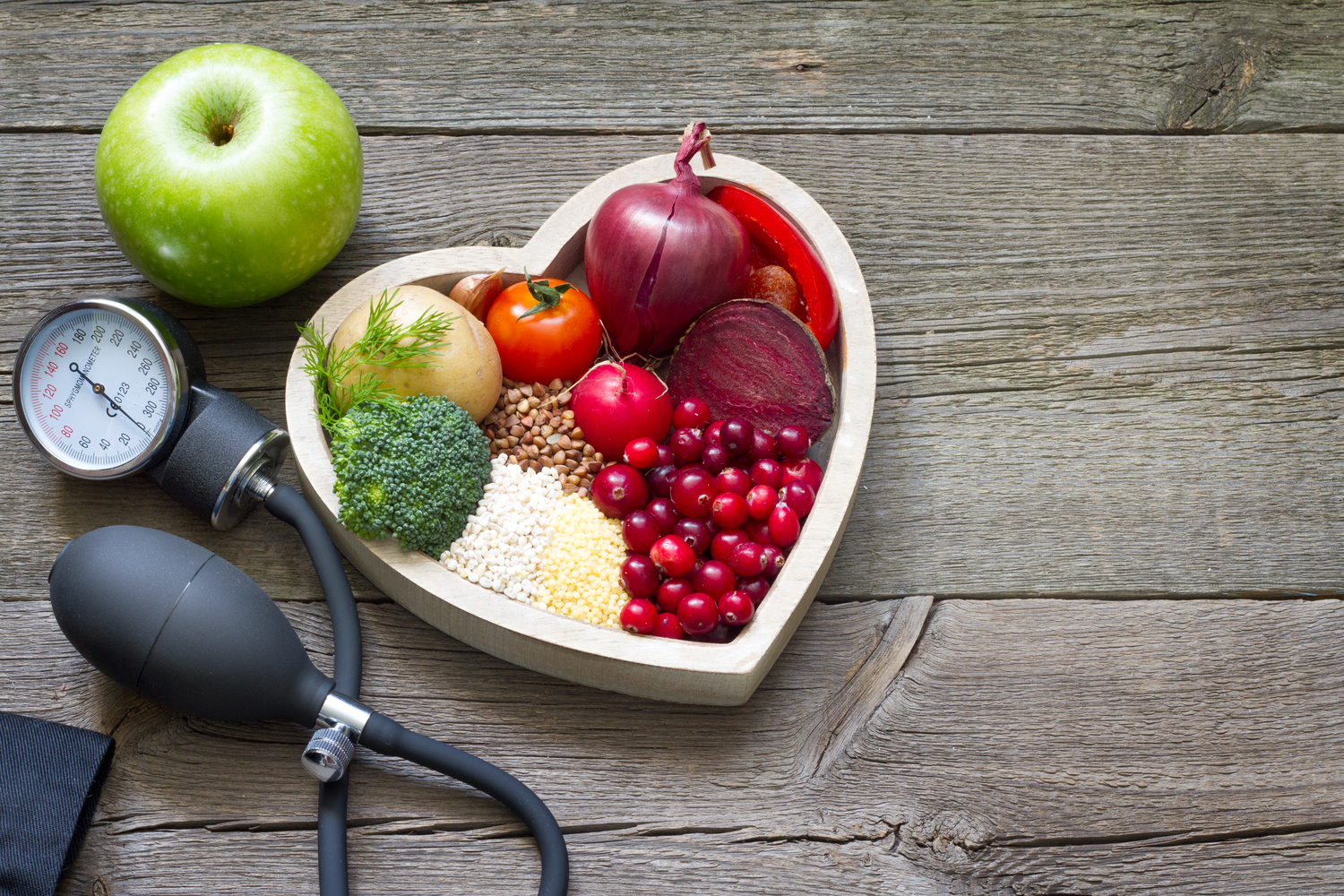
Foods To Help Manage Cholesterol Levels
Cholesterol is a fatty substance that forms in the blood. It is in every cell, and creates hormones that help the organs in the body function properly. There is low density cholesterol or LDL. It has the ability to combine with proteins and form plaque. This is called bad cholesterol because it clogs the veins. HDL is the good cholesterol. That is because it does not clog the veins and carries cholesterol back to the liver where it is broken down.
When the doctor finds high cholesterol in patients they may suggest dietary changes, supplements, or prescription medications to control the problem. Prescription drugs used are statins, resins, and fibrates. Labs report the levels of LDL cholesterol vs. HDL cholesterol when blood samples are taken. Here are some foods to help manage cholesterol levels:
1. Beans and fiber
Beans contain fiber, protein, and minerals. Replacing red meat and grain with beans help to lower cholesterol. The soluble fiber takes longer to digest and those that eat beans feel fuller longer. Beans are a plant based source of protein another factor that helps lower cholesterol.
2. Fish with fatty acids
Fish with omega-3 fatty acids reduces inflammation and boosts the immune system. Broiled or baked fish is healthier than fried. Fish that contains omega 3 fatty acid are salmon, white fish, mackerel, sardines, tuna, trout, and swordfish.
3. Fruits and soluble fiber
Fruits and berries have soluble fiber that helps the body remove cholesterol and stops the liver from producing too much. Pectin a soluble fiber lowers cholesterol about 10 percent. It is found in apples, berries, oranges, lemons, limes, grapefruits, and grapes. This helps reduce the chance of heart disease.
4. Vegetables for fiber and antioxidants
Vegetables are high in fiber, antioxidants, and help with weight loss and fighting disease. Some contain pectin they are okra, eggplant, carrots, and potatoes. Tomatoes contain a compound linked to lowering cholesterol. Other vegetables to choose are kale, herbs and spices, cabbage, and spinach. Dark leafy greens lower the risk of heart disease too.
5. Whole grains and fiber
Whole grains are the healthiest choice to lower cholesterol. Whole wheat bread, rye, pumpernickel, are good choices. Eating oatmeal, barley, wild rice, brown rice, and whole wheat pasta adds fiber and vitamins to the body. It provides Vitamin B, niacin, iron, and magnesium. The fiber and nutrients help you lose weight. Grains help carry oxygen to the blood and maintain a healthy immune system.
6. Oil and omega-3 fatty acids
Oils that are high in omega-3 fatty acids are olive oil, canola, flaxseed, walnut, peanut oil, avocado, and sunflower. These oils can be added to salads, stews, and used to cook food with. Oils help reduce inflammation and reduce plaque that forms in the veins.
When trying to lower cholesterol check with your doctor before trying a new diet. A good diet can help prevent heart disease.



